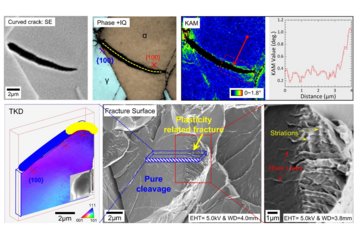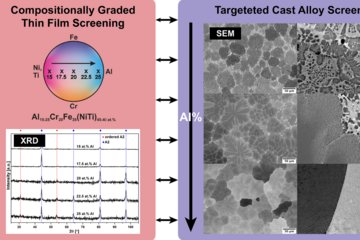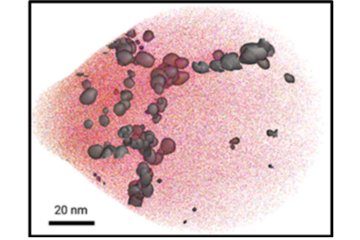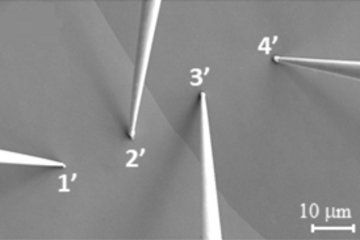All genres
21.
Poster
Error Analysis of the Crystal Orientations and Misorientations obtained by the Classical Electron Backscatter Diffraction Method. RMS EBSD 2014, London, UK (2014)
22.
Poster
On the accuracy and precision of orientations obtained by the conventional automated EBSD method. RMS EBSD 2014, London, UK (2014)
23.
Poster
Kikuchi Bandlet Method: A Method to Resolve the Source Point Position of an EBSD Pattern. 15th European Microscopy Congress (EMC), Manchester, UK (2012)
24.
Poster
3D-observations and modeling of nucleation during recrystallisation in a heavily deformed Fe-Ni alloy. Materials Science and Engineering MSE 2010, Darmstadt, Germany (2010)
25.
Thesis - PhD
The Kikuchi bandlet method for the intensity analysis of the Electron Backscatter Kikuchi Diffraction Patterns. Dissertation, RWTH Aachen, Aachen, Germany (2015)











